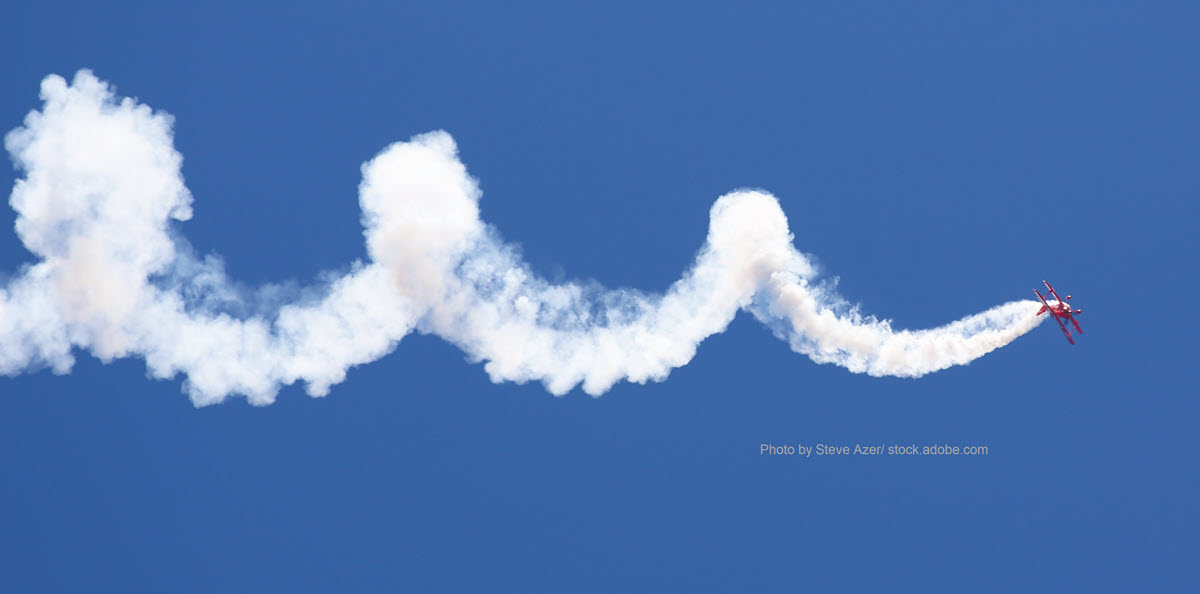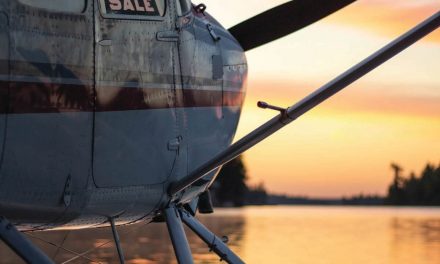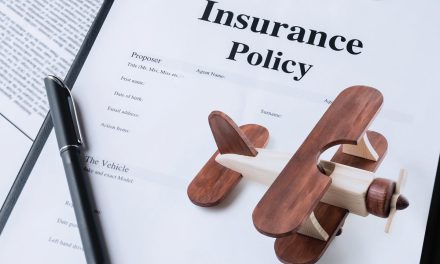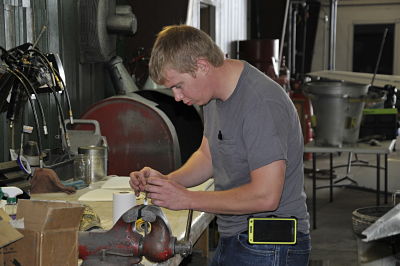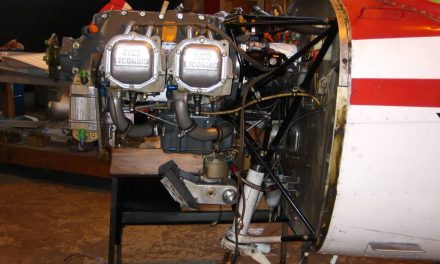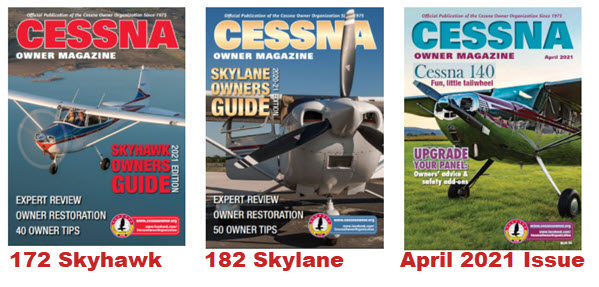13 Top Tips
As I have said before, I like going to aviation events. I used to go to a lot more events around the country. Years ago, there were small regional fly-ins in Texas, Arizona, California, Washington, and more. I would volunteer to give seminars at any place that would have me. My seminars cover how to buy aircraft, what to look for, and how much it costs to own an aircraft. After all these years, my topics haven’t really changed. Although the numbers I use have changed and the air show business has changed.
There are fewer events that offer seminars and many of the smaller events have disappeared. There are not enough people to support a regional event. Many of the small community events have turned into one or maybe two-day events, with a few fly-in aircraft. They may offer breakfast or lunch and maybe a one-plane aerobatic air show. These small shows are great and promote the local airport and the aviation community to the general public, but they don’t really fit the event profile that supports pilot forums and seminars.
That’s where shows like Sun ‘n Fun and EAA AirVenture fill in the gaps. Both provide tremendous value to vendors, pilots, the general public, and people like me. I can use these events to meet my customers, get ideas for articles, learn about new products, and see what’s happening in the industry.
Just think, where else do people have the opportunity to see and participate in these kinds of experiences? If it weren’t for the air shows there would be fewer opportunities for the public to get a ride in an aircraft or see a formation team, like the Blue Angels. In addition, there are opportunities for spectators to buy or win air show rides throughout the event. And like the ads say, “you can’t win if you don’t play.” So go to the show!
But what about insurance?
If you plan to fly into these events and put your aircraft on display, make sure you have coverage. Some aviation insurance companies exclude static display unless you get it added prior to the show. If you are on display in an area other than the parking areas, many events require that you name the air show on your policy. They will want proof via a certificate of insurance. You will need to plan ahead if you are putting your plane on display. If you have been asked by a manufacturer to put your aircraft in their booth, you will need to do the same thing. Even if you will be in the manufacturer’s booth, you are still responsible for your aircraft.
If you are one of those pilots that like to fly during the show, (maybe formation or flybys), make sure you have the correct coverage. Remember, if you will be paid, you will need “commercial” insurance coverage. However, if it is just the thrill of flying in the event, make sure your policy covers the non-commercial flight operations you are doing. Most pleasure policies will allow for reimbursement of expenses, but check to make sure, before you accept the smoke oil, fuel, and a rental car.
Just a spectator? Flying to the show and parking out in a field somewhere, you might want to change to ground and flight (full coverage) if you don’t already have it. It is never a surprise to have storms during AirVenture and Sun ‘n Fun. It’s just that time of year and the location. Over the years we have had aircraft get damaged by storms, blowing lawn chairs, and even parents putting kids on the wings. It never ceases to amaze me what can happen.
On a side note. I always enjoy bringing a unique aircraft or a brand new aircraft to a fly-in, especially the smaller shows (I tend to get parking right up front). The show promoters like unique aircraft and new aircraft on the ramp where people can see them. It’s a great way to get ‘front row seating’ so to speak.
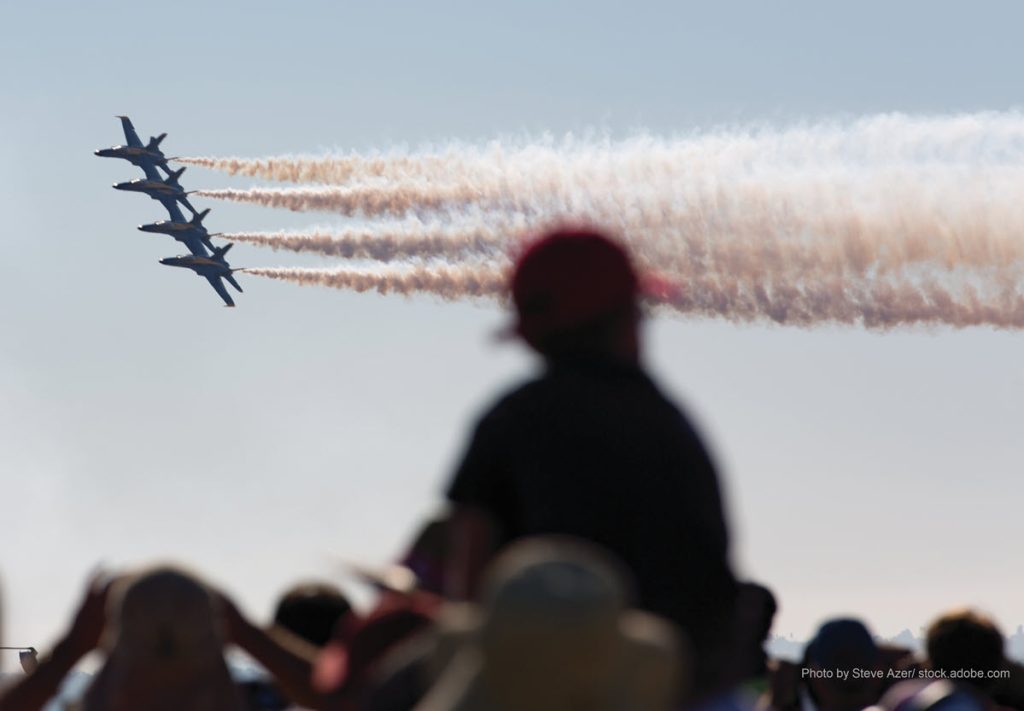
Although, parking up front does have its problems. I think I have shared this story before, but it gets the point across. One year I had a customer with a Sukhoi 26 aerobatic aircraft with custom paint arrive at an air show. The volunteers wanted the aircraft parked right up front where people could get a good look at its orange and black “tiger” paint. The parking volunteer had the pilot spin around to park, but didn’t look behind the parking spot. There was an artist booth with custom paintings on display not too far away. That experience cost the insurance company thousands of dollars for damage to paintings that were blown around by the prop blast. Safety tip: Parking up front has the risk of damaging property and hitting spectators. Be very careful where you park and double check whatever the volunteer says. It would be better to push the plane into the area.
The “Bakers Dozen”
Below is a short list of spectator recommendations and a couple items I wish the producers would do.
- I used to fly my own planes to some of these events, even as far away as Seattle. For long distance trips I now fly commercial airlines. So, if you are flying commercial, don’t buy your plane ticket too far in advance. You can always get a last-minute flight if you need. It’s also good to be flexible in the schedule. I usually buy about 30 days out. But that is just me.
- If you are flying in, check the weather forecast and call someone locally before you leave. If it is a small show, it might or might not be cancelled. It’s a rare occurrence that a large event is cancelled, but you never know. I remember one year the Virginia Fly-in had hurricane damage and it wasn’t cancelled. I slept in a rental car because the hotels were out of power (that’s a story for another time). The next time the weather was that bad, the event was cancelled.
- Rent at least a mid-size or even a full-size car. Car sleeping comfort is critical. I know it sounds like a joke, but as I said earlier, I had to sleep in my rental car because the hotels (and the city) had lost power during a hurricane. The hotels were unable to let us in for a night. But the show went on. I was the entertainment for the volunteers the night before the show. I gave my presentation by Coleman Lantern in a tent.
- If you decide to camp with your aircraft, make sure your tent is big enough to spend time in during the rainy evenings. I know we all like to pack lightly, I ride motorcycles too and packing light is critical. When the rain won’t stop and you have nowhere but your tent to hang out (or your aircraft cabin), make sure it is as comfortable as possible. This is when you are glad you have the extra room to stretch out in a Cessna 206 or Cherokee 6.
- Pack your rain gear. Garbage sacks do work, but they are not the same as a decent quality, light-weight rain suit. Well worth the money.
- Keep extra disposable plastic bags like you get from the grocery store to line your shoes with. I don’t mind walking in water and mud, but I hate wet socks and feet. At least plastic bags can protect my feet, even if my shoes are wet, and I can use them for garbage if it stays dry. If it rains overnight, the parking area and campgrounds are usually very wet.
- Before you arrive (or before you land, if you are flying your own aircraft) buy a few bottles of water and snack food. If the weather is bad and it’s hard to get to the camp store or into town (or the town and water system is shut down because of the hurricane), a small supply of food and water can get you through the night. Remember, chocolate does melt in the car. Personal experience based on a bag of Almond Joy Bites.
- Include lots of flashlight batteries. If you have room, a small generator is nice.
- Sunglasses, sunscreen, and a hat are essential.
- As a fly-in pilot, make sure you have the correct insurance coverage to protect your aircraft. Do not be surprised if the weather turns bad in Florida or Oshkosh. I have had several customers that have had damage from weather while at a show. Customers have added hull coverage to their planes before going to AirVenture and Sun ‘n Fun just to make sure they are protected from the risks.
- Which brings up another insurance issue. It is usually volunteers that are parking planes, directing traffic etc. You still need to pay attention. I have had a few customers follow the directions of the volunteer and taxi into holes, soft ground, and tire tracks that have resulted in prop strikes and other damage.
- If you are a show producer (I helped produce a show once), have air show acts that can perform at low altitudes even if there are clouds. I was at one event that even used model aircraft to keep the crowd entertained until the weather lifted. If I have gone all the way to your event, I would like to at least see something in the air if possible.
- Another producer recommendation: Have a few ground activities to keep people entertained. If the weather is bad and I flew or drove in (and especially if I am camping), I still need something to do. Nothing to do, nothing to watch…the people leave, and the vendors suffer.

